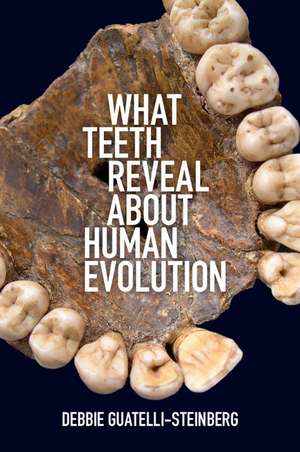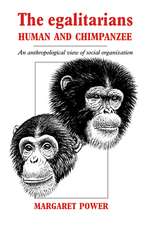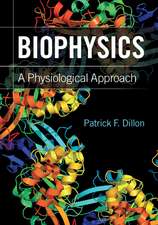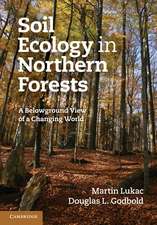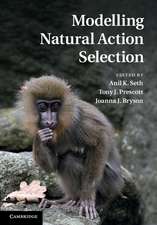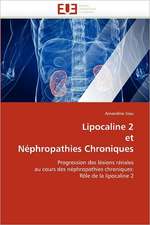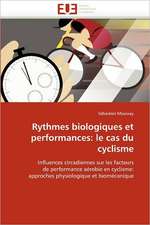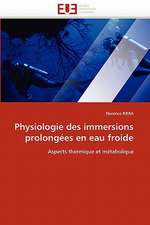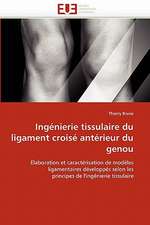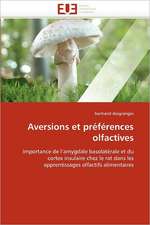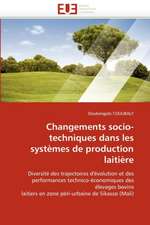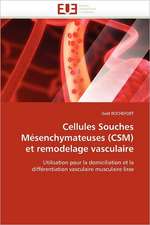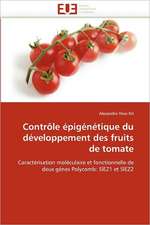What Teeth Reveal about Human Evolution
Autor Debbie Guatelli-Steinbergen Limba Engleză Paperback – 21 sep 2016
| Toate formatele și edițiile | Preț | Express |
|---|---|---|
| Paperback (1) | 420.72 lei 3-5 săpt. | |
| Cambridge University Press – 21 sep 2016 | 420.72 lei 3-5 săpt. | |
| Hardback (1) | 507.36 lei 6-8 săpt. | |
| Cambridge University Press – 21 sep 2016 | 507.36 lei 6-8 săpt. |
Preț: 420.72 lei
Nou
Puncte Express: 631
Preț estimativ în valută:
80.51€ • 84.23$ • 66.88£
80.51€ • 84.23$ • 66.88£
Carte disponibilă
Livrare economică 12-26 martie
Preluare comenzi: 021 569.72.76
Specificații
ISBN-13: 9781107442603
ISBN-10: 1107442605
Pagini: 294
Ilustrații: 41 b/w illus.
Dimensiuni: 152 x 228 x 15 mm
Greutate: 0.48 kg
Editura: Cambridge University Press
Colecția Cambridge University Press
Locul publicării:New York, United States
ISBN-10: 1107442605
Pagini: 294
Ilustrații: 41 b/w illus.
Dimensiuni: 152 x 228 x 15 mm
Greutate: 0.48 kg
Editura: Cambridge University Press
Colecția Cambridge University Press
Locul publicării:New York, United States
Cuprins
Introduction; Part I. Teeth and Australopiths: 1. March of the bipeds: the early years; 2. Dentally derived dietary inferences: the australopiths; 3. Curious canines; 4. Incisive insights into childhood; Part II. Teeth and the Genus Homo: 5. March of the bipeds: the later years; 6. Dentally derived dietary inferences: the genus Homo and its diminishing dentition; 7. Long in the tooth: life history changes in Homo; 8. Knowing Neanderthals through their teeth; 9. Insights into the origins of modern humans and their dental diseases; 10. Every tooth a diamond.
Recenzii
'This is an extensively researched and well-written - not to mention much-needed - book on the unsung heroes of human paleontology: teeth. … The author obviously has done her homework and the references in the book are as up to date as they can be in a constantly changing field. I even found some references that I had not yet read and so I learned something, too. This is an informative read for anyone interested in teeth and/or human evolution. The fact that it is clearly written will make it accessible to general readers. But it also provides enough detail, not to mention an extensive literature review, to make it useful for students entering the field of paleoanthropology.' Shara E. Bailey, The Quarterly Review of Biology
'The book is designed for undergraduates and non-professionals, but I think that it provides sufficient detail across the breadth of hominin dental studies that it would also offer a good reference piece for professionals and academics that focus on related research topics. …This book would work well in undergraduate courses on human evolution and as a supplementary companion to graduate seminars in related topics.' James T. Watson, Dental Anthropology
'… This highly accessible book has drawn from a wide range of recent findings and publications and presents it in a manner which would definitely appeal to a mixed audience. Reading through, there is a strong sense of narrative, which takes the reader on a seemingly informal tour through hominin dentary science. With this open style and coverage of current literature, this book has appeal to readers from a broad range of specialisms …' Ben Garrod
'The book is designed for undergraduates and non-professionals, but I think that it provides sufficient detail across the breadth of hominin dental studies that it would also offer a good reference piece for professionals and academics that focus on related research topics. …This book would work well in undergraduate courses on human evolution and as a supplementary companion to graduate seminars in related topics.' James T. Watson, Dental Anthropology
'… This highly accessible book has drawn from a wide range of recent findings and publications and presents it in a manner which would definitely appeal to a mixed audience. Reading through, there is a strong sense of narrative, which takes the reader on a seemingly informal tour through hominin dentary science. With this open style and coverage of current literature, this book has appeal to readers from a broad range of specialisms …' Ben Garrod
Notă biografică
Descriere
Explores the insights that fossil hominin teeth provide about human evolution, linking findings with current debates in palaeoanthropology.
